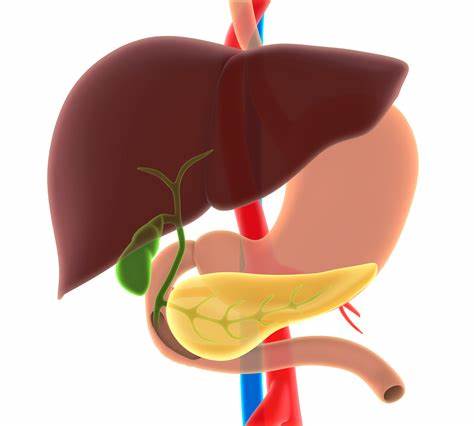In such a rapidly developing society, many people pursue better grades, higher positions, and a more luxurious life, but they find that these short-term victories cannot bring lasting happiness. So, how do you find long-lasting happiness in this competitive society?
Short-Lived Happiness vs Lasting Happiness
From a psychological perspective, there is a difference between short-term happiness and sustained happiness.
Short-term happiness often comes from external stimulation, such as getting an expected promotion or buying a favorite item. This type of happiness depends on specific events and often comes and goes quickly.
Especially in Chinese society, family, studies, and work are often the criteria for evaluating a person’s success, which makes many people base their happiness on reaching these external standards, but this happiness is short-lived and fragile. Because once external conditions change, such as an accident in the workplace and beloved things gradually lose their freshness, this happiness will disappear.
Sustained happiness comes more from inner satisfaction and peace, which is closely related to personal values, interpersonal relationships, and self-realization.
In his book “The Reconstruction of the Self”, Kohut, the founder of self-psychology, describes a thought-provoking case. The client was a depressed college student who had shown a talent for muscular skills since childhood, a talent that was rejected by his physician father. Although he was less gifted in verbal concepts, his mother, like many parents, constantly encouraged him to read.
However, soon after he entered medical school as his family expected, he immediately fell into depression and was unable to continue studying. This is because despite his external achievement of becoming a medical student, his inner self-actualization suffered a setback in that his muscular gifts were blocked and stifled. Later, after long-term psychological consultation with an autopsychologist, this college student took into account his personal talents and family expectations and grew into an outstanding surgeon.
How to Build Long-Term Happiness?
The “theory of happiness” proposed by positive psychologist Martin E.P. Seligman constructs happiness into five dimensions: positive emotions, investment, relationships, meaning, and achievement (PERMA model). From this perspective, sustained happiness requires an individual’s balance and satisfaction across these five dimensions:
Positive Emotions – Try to record three things every day that make you feel grateful or happy.
These can be mundane (your peonies are blooming) or more meaningful (your child is learning to walk). Keep it fresh and change the content as often as possible. This helps improve your ability to perceive positive emotions and gradually enhance your inner source of happiness.
Engagement – Engage in activities that put you in a state of “flow.”
“Flow” refers to a state in which an individual is fully focused and immersed in an activity, feeling that time seems to have stopped, self-awareness disappears, and the individual is completely integrated into the activity. Flow states often occur during activities where the challenge of the individual matches the skill level. These activities can be anything from playing sports to making art to learning new skills and more.
When individuals continually experience a state of flow, they feel that they are living in the moment and reaching their full potential, thereby not only providing momentary happiness but also enhancing the ongoing sense of satisfaction and happiness that the individual feels.
Relationships – Cultivate and maintain meaningful relationships.
Happiness research from Harvard University reveals the importance of relationships to happiness. This research highlights the social animal nature of humans and the important role of relationships in shaping individual happiness and life satisfaction.
Therefore, loving family and friends, being grateful to mentors, knowing how to forgive, establishing and maintaining positive and healthy relationships, connecting with family, friends, and community, and engaging in positive social interactions are all important to improving happiness and quality of life.
Meaning – Explore and clarify personal values and life goals.
In Living for Meaning, existential psychologist Viktor Frankl recounts his experience in Auschwitz. He observed many inmates and found that those who survived had one thing in common: they were able to find the meaning of life in despair. This meaning is not obtained through external things but is found deep within.
Frank said: “The meaning of life is not waiting for us somewhere, but created by ourselves.” This meaning can be family, career, faith, interpersonal relationships, etc., as long as it can make us feel valuable, meaningful, and Purposeful.
Achievements – Setting and pursuing personal goals.
These goals can be professional, academic, or even personal interests and hobbies. Remember to celebrate every small achievement, which not only brings a sense of accomplishment but also motivates the individual to keep going.
Conclusion
While fleeting happiness is heart-warming, true and lasting happiness requires us to find depth and balance in all aspects of our lives. As ancient Chinese philosophy says: “Material content satisfies people’s needs, while spiritual content enriches the human soul.”
When we learn to start from the heart and look at life from a broader perspective, not only can we experience more momentary happiness, but we can also build a more stable and lasting sense of happiness. In this process, everyone can become the architect of their happiness.



